
The Palatinate Forest (Pfälzerwald) is the largest contiguous forest in Germany and is part of the larger Palatinate region, known for its picturesque landscapes and charming villages. It encompasses an area of about 1,800 square kilometers (700 square miles) and is characterized by rolling hills, dense forests, and sandstone formations.
The region is popular for outdoor activities such as hiking, mountain biking, and rock climbing, with numerous well-marked trails winding through the forest. One of the most famous landmarks in the Palatinate Forest is the ruin of the medieval castle Trifels, located near the town of Annweiler. The region is also known for its vineyards, producing excellent wines, particularly Riesling.
While the Palatinate Forest primarily lies within Rhineland-Palatinate, it does extend into neighboring regions, including parts of Saarland and, to a lesser extent, Baden-Württemberg. However, the majority of the forest is situated within Rhineland-Palatinate.

The Palatinate Forest has been a significant feature of the landscape in the southwestern region of Germany for thousands of years. Its history is intertwined with human settlement and activity dating back to ancient times. The forest has served various purposes throughout history, including providing timber for construction, fuel, and as a habitat for wildlife.
In terms of its modern designation and conservation efforts, the concept of preserving the natural beauty and ecological significance of the Palatinate Forest has developed over the past few centuries. Efforts to protect and manage the forest have been ongoing, with initiatives to establish nature reserves, hiking trails, and conservation programs.
One notable event in the modern history of the Palatinate Forest is the establishment of the Palatinate Forest Nature Park (Naturpark Pfälzerwald) in 1958. This designation aimed to protect the unique natural and cultural heritage of the region while promoting sustainable tourism and outdoor recreation. Since then, the nature park has expanded, encompassing a significant portion of the forest and its surrounding areas.
Overall, while the Palatinate Forest itself has existed for millennia, its modern designation and conservation efforts have evolved over time in response to changing societal values and environmental awareness.
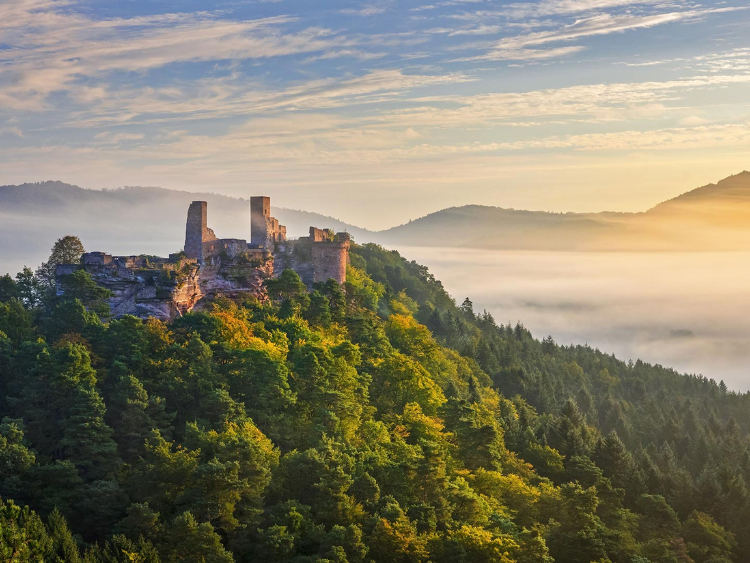
The Palatinate Forest (Pfälzerwald) was not "invented" by any individual; rather, it is a natural geographical feature that has existed for thousands of years. It was shaped by geological processes, climate changes, and human interaction over time. The forest has been a part of the landscape in the southwestern region of Germany for centuries, providing resources, habitat, and recreation for people living in and around it. While individuals and organizations have played roles in its conservation and management, the forest itself is a product of natural forces and historical processes rather than being "invented" by any one person.
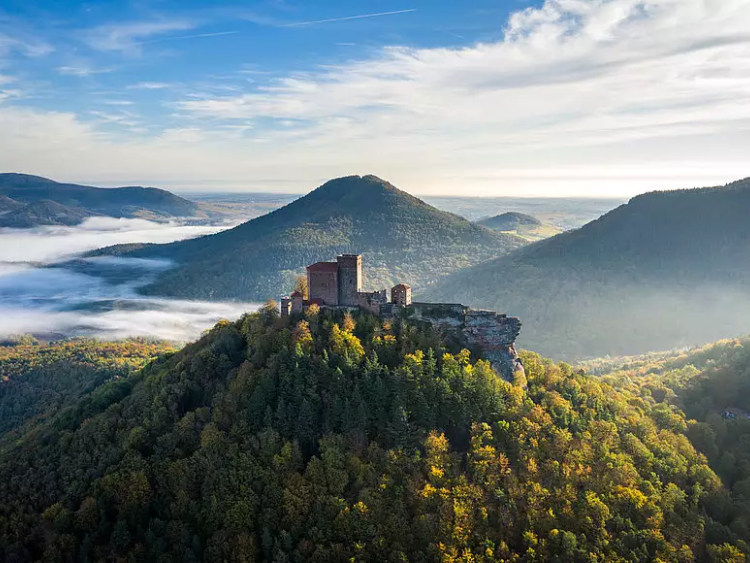
The Palatinate Forest (Pfälzerwald) gets its name from the historical region of the Palatinate (Pfalz in German), which encompasses parts of present-day Rhineland-Palatinate and neighboring areas. The Palatinate region has a rich history dating back to Roman times and has been inhabited by various cultures over the centuries.
The forest, being a significant geographical feature of the Palatinate region, adopted the name "Palatinate Forest" to reflect its location within the historical territory of the Palatinate. The term "Pfälzerwald" is the German name for the forest, with "Pfälzer" referring to the Palatinate region and "Wald" meaning forest.
The Palatinate Forest has been closely tied to the history and culture of the Palatinate region for centuries, providing important resources such as timber, game, and recreation opportunities for the people living in the area. Its name reflects this longstanding connection to the Palatinate region and its inhabitants


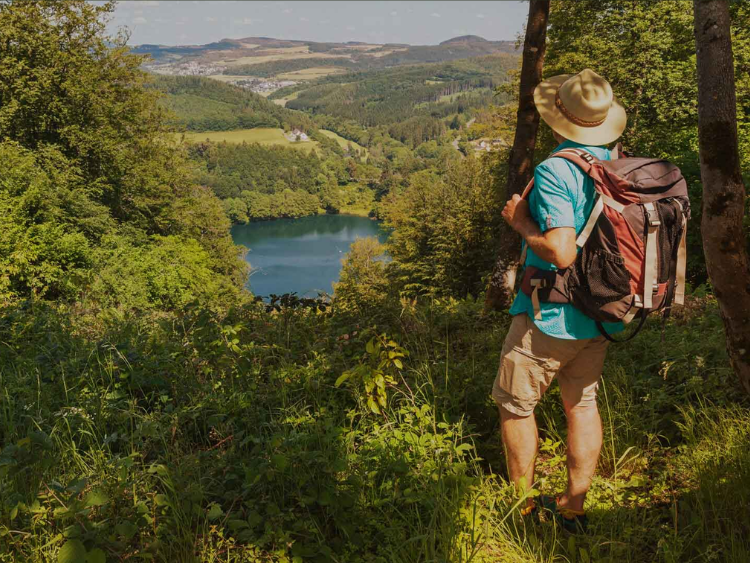
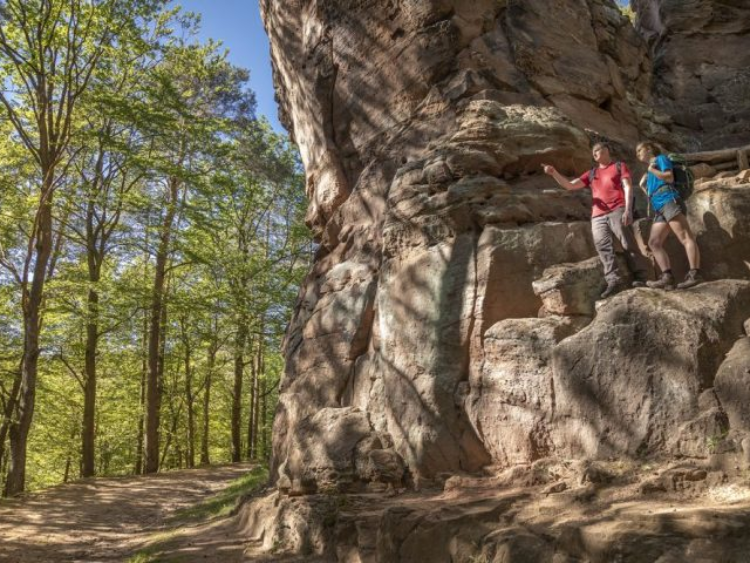
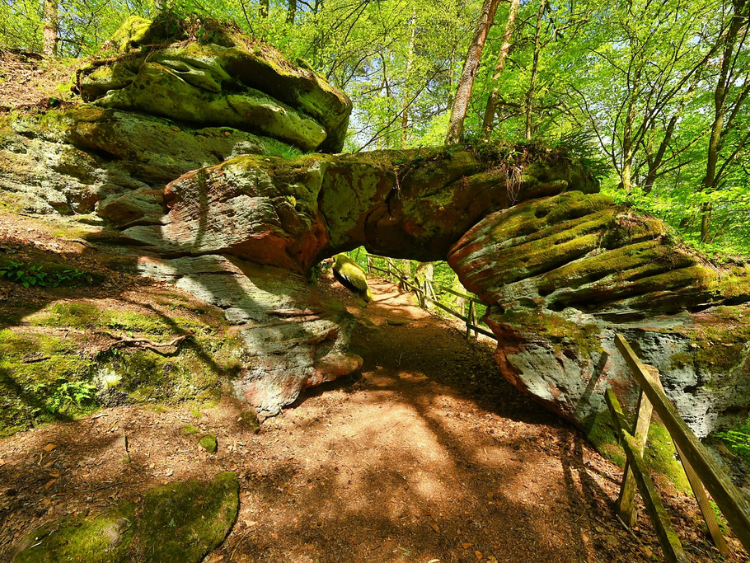
The Palatinate Forest (Pfälzerwald) is highly regarded among hiking enthusiasts for several reasons:
1. **Diverse Trails**: The forest offers a vast network of well-maintained hiking trails catering to all levels of hikers, from leisurely strolls to challenging treks. These trails wind through diverse landscapes, including dense forests, rocky outcrops, picturesque valleys, and charming villages.
2. **Scenic Beauty**: Hikers are treated to stunning natural scenery at every turn, with panoramic views of rolling hills, lush woodlands, and unique rock formations. The forest's beauty changes with the seasons, offering colorful foliage in autumn, vibrant wildflowers in spring, and peaceful snowy landscapes in winter.
3. **Cultural Heritage**: The Palatinate Forest is rich in cultural heritage, dotted with historic castles, ruins, and quaint villages that provide interesting stops along hiking routes. Exploring these cultural landmarks adds depth and interest to hiking adventures.
4. **Accessibility**: The forest is easily accessible, with numerous trailheads and parking areas located throughout the region. Additionally, the well-marked trails and signage make navigation straightforward, even for novice hikers.
5. **Outdoor Activities**: In addition to hiking, the Palatinate Forest offers a wide range of outdoor activities, including mountain biking, rock climbing, Nordic walking, and wildlife observation. This diversity appeals to outdoor enthusiasts with varied interests.
6. **Nature Conservation**: The Palatinate Forest is protected as a nature park, ensuring the preservation of its natural beauty and biodiversity. Hikers can explore pristine wilderness areas and encounter native wildlife while enjoying a sense of connection to the natural world.
Overall, the combination of breathtaking scenery, diverse trails, cultural landmarks, and outdoor activities makes the Palatinate Forest a paradise for hiking lovers seeking adventure, exploration, and tranquility in nature.




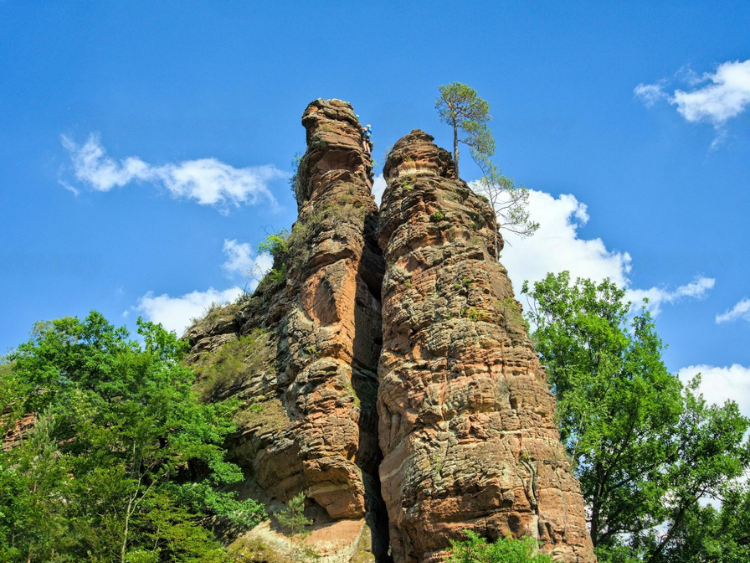

Absolutely! The Palatinate Forest (Pfälzerwald) offers fantastic hiking opportunities year-round, each season bringing its own unique charms:
1. **Spring**: Springtime in the Palatinate Forest is characterized by lush greenery, blooming wildflowers, and rejuvenated wildlife. The weather is mild, making it ideal for exploring the forest's trails and witnessing nature's awakening after winter.
2. **Summer**: Summer brings warm temperatures, longer daylight hours, and abundant foliage to the Palatinate Forest. Hikers can enjoy shaded trails through dense forests, refreshing breaks at clear streams, and panoramic views from high vantage points. It's a great time for longer hikes and outdoor picnics.
3. **Autumn**: Fall foliage transforms the Palatinate Forest into a kaleidoscope of vibrant colors, attracting hikers from near and far. The cooler temperatures and crisp air make for comfortable hiking conditions, and the forest's trails offer breathtaking vistas of golden foliage against the backdrop of rocky outcrops and ancient castles.
4. **Winter**: Winter brings a serene beauty to the Palatinate Forest, with snow-covered landscapes and tranquil forests creating a picturesque setting for hiking. While some trails may be snow-covered or icy, there are still plenty of opportunities for winter hiking, snowshoeing, and cross-country skiing, especially in lower elevations.
Regardless of the season, hikers in the Palatinate Forest can immerse themselves in nature, explore diverse landscapes, and discover the region's cultural heritage along its extensive network of trails. Whether you prefer the vibrant colors of autumn, the lush greenery of spring, the warmth of summer, or the peacefulness of winter, there's always something magical about hiking in the Palatinate Forest.